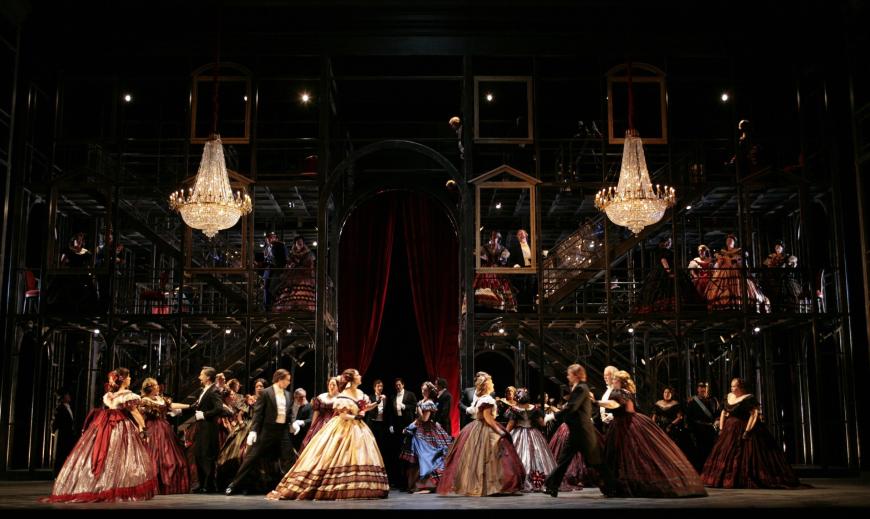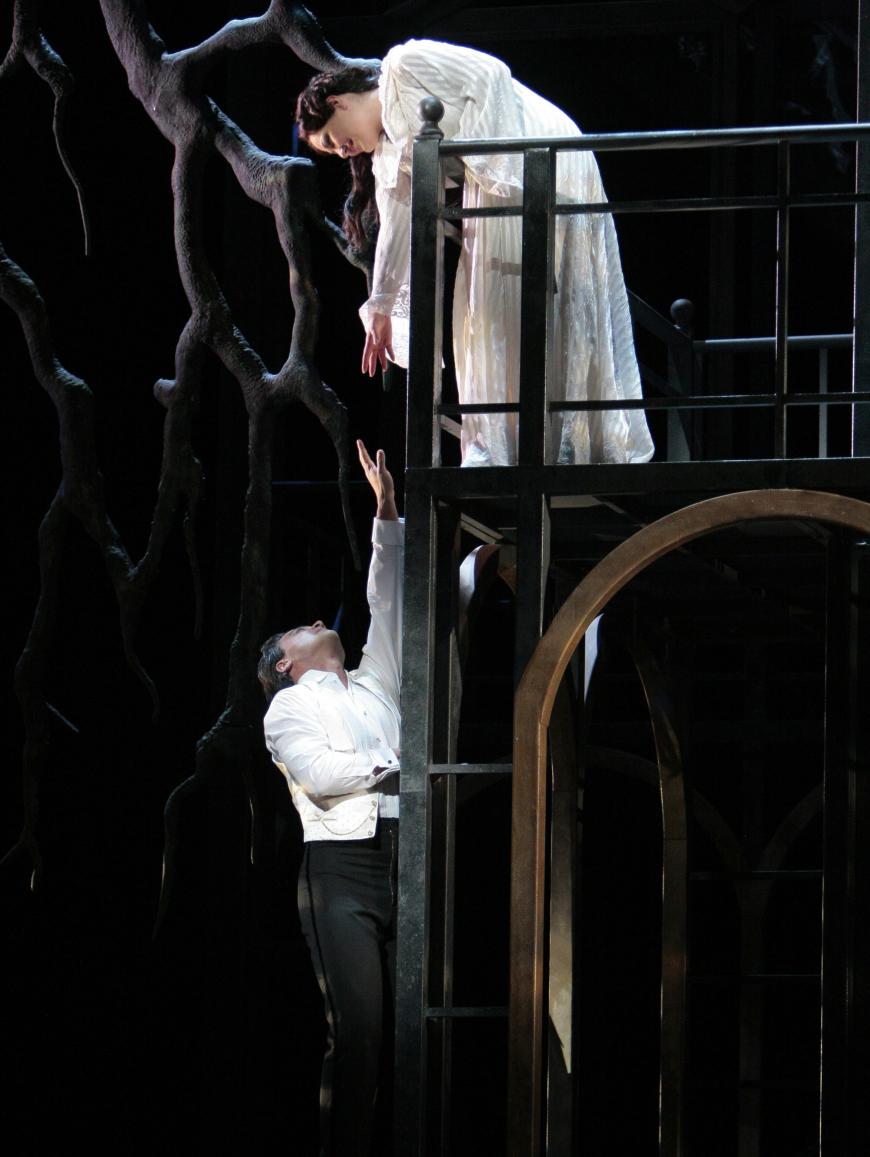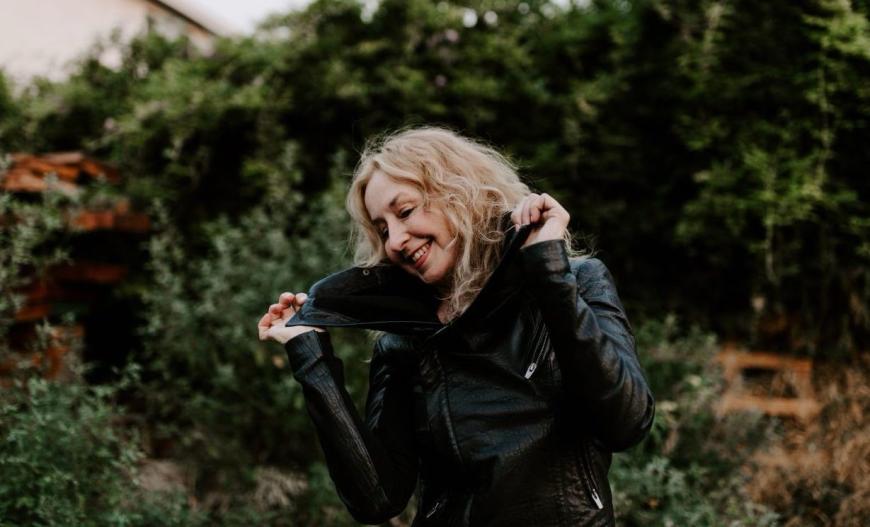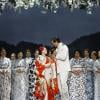
The protagonists may die during Shakespeare’s play, but their story continues on. In one of its many incarnations — here by composer Charles Gounod — Romeo and Juliet is headed to Los Angeles Opera for six performances Nov. 2–23.
Kitty McNamee, who choreographed the company’s 2005 production of Gounod’s opera, which was helmed by director Ian Judge (and revived in 2011), is now making her LA Opera directorial debut bringing up this staging once again.
No stranger to Los Angeles, McNamee has choreographed six other operas for the company. For this Romeo and Juliet — with tenor Duke Kim and soprano Amina Edris in the title roles (and both making their LA Opera debuts) — McNamee’s approach as director, she explained, is “really focused on Juliet and the sense that, throughout this story, it’s really [about] her ability to gain some kind of agency.
“The strictures then were more confining than now,” McNamee said of the setting for Shakespeare’s original play. “But Juliet has to find a way to pierce through this patriarchal system and [find] some kind of hope. It’s tragic, yes, but that’s my lens, and that’s informing how I’m seeing the other characters.”

The sets for this production, by the late John Gunther, remain the same, as do Tim Goodchild’s costumes. “I’m at liberty to freshen it up,” McNamee added, “but not at liberty to change things. I can make adjustments, but I don’t feel the need to with something that already works.”
What also works is Gounod’s score. And it’s the music, McNamee said, that “dictates what happens. Music tells me everything I need to know — when the [performers] enter, what they do when they get on.”
McNamee has enjoyed working with LA Opera Resident Conductor Lina González-Granados, who leads the orchestra on Nov. 20 and 23. (Domingo Hindoyan conducts the other performances.) “She’s so incredible, so generous,” gushed McNamee. “I [could] write a love letter. In rehearsal, we’re working very closely together. I am obsessed with the music and drawing the story out of what’s in the music.
“Lina’s obviously the same. From moment to moment, we’ll work through the scenes and check in with each other. She’ll say, ‘I’m here to support you, your vision, and if there are moments that aren’t clear for the singers musically, we’ll see what makes more sense.’”
As for the cast, which also includes baritone Justin Austin as Mercutio, bass-baritone Craig Colclough as Lord Capulet, and bass Wei Wu as Friar Laurence, McNamee pointed out that “these new principals are like a new breed of opera singer. They’re very interested in storytelling. If I approach them, [they’re] almost like actors. They are so responsive and really engaged. Duke and Justin are young and really hungry.”
From 1999 to 2009, McNamee had her own dance troupe, Hysterica Dance Company, which was known for its raw, explosive movement style. She recalled that she “stumbled into opera [in 2005] through my friend, [Broadway choreographer] Sergio Trujillo. He was supposed to do the original Romeo and Juliet [at LA Opera], but he got a Broadway show and recommended me.

“I was totally hooked after that first experience,” she continued. “It was like a magnified version of what I would do with Hysterica, using music and bodies to make these long-form experiences — [but with] singers who could take that musical experience to another level. In the dance world, only in my mind’s eye could I imagine the scale of these productions.”
Some of the dances that LA Opera audiences will see in this production are the Capulets’ Ball, which spans most of Act 1, with six couples drawn from the chorus, and the famous waltz “Je veux vivre,” Juliet’s first aria, which is staged as a dance between her and five suitors.
“What I really love about opera,” declared McNamee, “is all of these elements — the music, costumes, singing, movement — everything coming together, making this immersive experience.”




